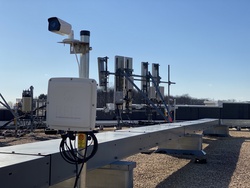Pitchforks and Torches; Is it Frankenstein or 5G? A Primer for Public Officials.
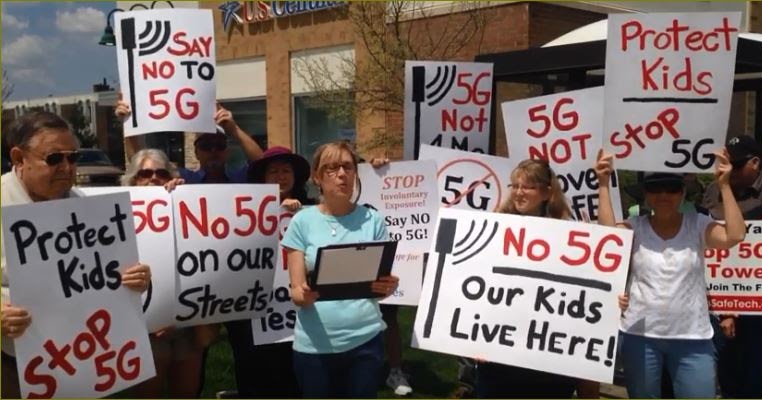
Introduction
As licensed mobile operators like AT&T, Verizon and T-Mobile seek to add network coverage in urban and suburban areas, zoning restrictions have made schools and city-owned properties attractive locations for small cells and towers. In fact, some tower companies specialize in development agreements with schools and local jurisdictions. The telecommunications industry has been marketing the fast and reliable network speeds of 5G for over 5 years yet has been unable to allay the health and safety fears of concerned parents whose children learn and play near these antenna locations.
Offered either minimal information or overly technical responses from licensed operators or their infrastructure partners regarding the safety of 5G, those concerned parents turn to the internet. A treasure trove of information exists at their fingertips linking Radio Frequency (RF) emissions to every imaginable disease and fatal health condition known. Using email, text messages and social media, they share their findings with others that are equally concerned. Before you know it, fear of the unknown develops into a mob mentality much like the villagers’ hoisting pitchforks and torches in the 1931 film classic, Frankenstein.
Public officials must take an active part in crisis management. The licensed operators, infrastructure (tower) companies and their site development consultants have shown an inability to alleviate the agitation of the villagers.
As noted below, someone’s job may depend on it.
Wyandotte (Michigan) School District - Anger, Fear and a Lack of Transparency Leads to a Superintendent’s Resignation
According to several Detroit-area television and news media outlets, T-Mobile and Wyandotte, Michigan Public School District agreed to a long-term lease at Washington Elementary School in exchange for the use of the chimney for antennas and radio equipment. While this agreement was consummated with little fanfare in 2018, a building permit was issued by the city in June 2022. The superintendent of schools sent out a letter in September 2022 advising parents construction was to begin, generating questions and concerns among parents.
Once parents better understood the location of the antennas on a centralized chimney, as well as radio equipment and a diesel generator on school grounds, they quickly mobilized to voice their questions and concerns at a February 2023 board of education meeting and a city council meeting a few weeks later, requesting a pause in construction until additional meetings with school and city leadership could be held. A March 2023 meeting at Washington Elementary School with school board members and representatives of T-Mobile led to further frustration as T-Mobile representatives presented construction details, but left the meeting without responding to questions. In early April 2023, Superintendent Catherine Cost resigned after a closed-door board meeting amid a backlash over the T-Mobile lease at Washington Elementary. Currently, the “anti-tower” parent Facebook group now has over 600 members with over 2,500 signatures on a petition to terminate the lease and stop construction.
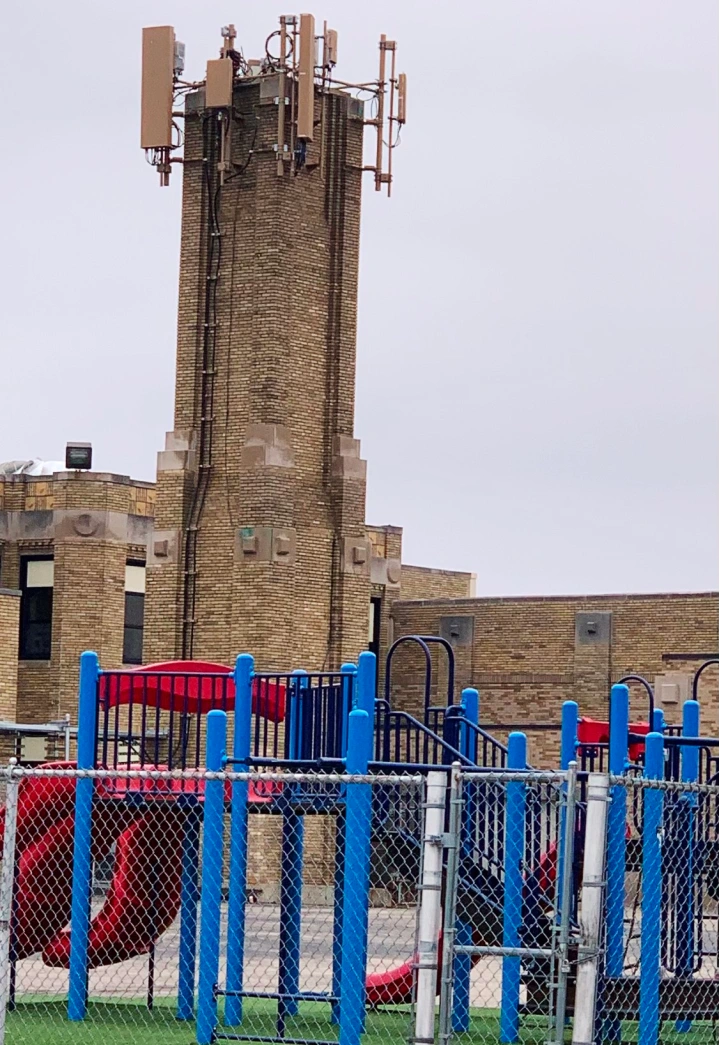
Wireless antennas at Washington Elementary School - Wyandotte, MI
Emotions vs. Facts: Don’t Minimalize People’s Fear of the Unknown
Verizon once ran a 4G television advertisement showing a young man receiving a package in his mailbox from them. He runs to the barn and opens it to find a lightning bolt, which he takes outside and throws into the sky. This alone shows the disconnect licensed operators have with the health and safety concerns of their customers. It might also indicate why the industry tends to minimalize the public’s fear of 5G and shoves FCC safety guidelines in their faces in response, instead of trying to listen, understand and respond with empathy. The absence of information and facts leads to fear and distrust. People want to voice their concerns and have them addressed using facts in a respectful, professional manner in layman’s terms. Doing anything less generates fear, distrust and anger like the situation in Wyandotte.
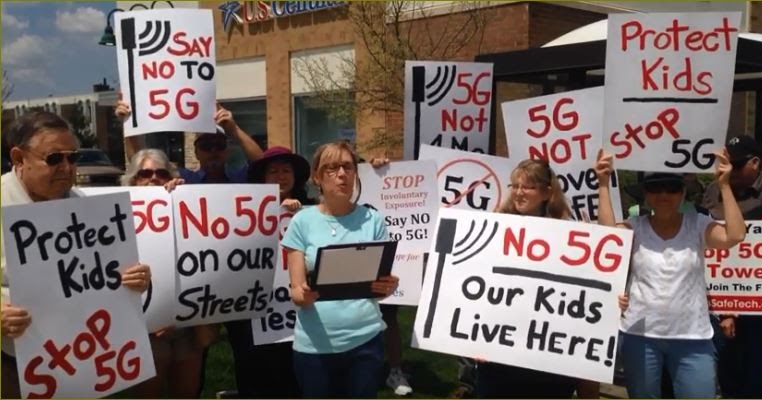
Community 5G protest
Assemble the Facts
Most mobile operators transmit in licensed frequency bands ranging from 600MHz to 6.8GHz, while some 5G networks support higher frequency ranges above 20GHz. Those without prior understanding of RF emissions, naturally believe higher frequency transmissions equals more health concerns. In order to educate the public prior to construction, a predictive Electromagnetic Emissions (EME) or Electromagnetic Field (EMF) study should be performed to model worst-case scenarios for human exposure to RF emissions. Predictive modeling takes into account all known sources of RF at the site and assumes they are operating at 100% power and 100% duty-cycle (running all the time). Sites do not operate at 100% power and 100% duty cycle for any duration, but are conservatively modeled this way in an abundance of caution. These results provide engineering and implementation guidance to the operators and ensure maximum permissible exposure levels to RF emissions are safe for the general public who may be unaware of the presence of the antennas, such as young school children.
Create a Clear Messaging Plan
Use a professional compliance engineering firm to help draft, review and edit talking points for elected officials, draft responses to concerned constituents and author clear and accurate communications concerning the results of the EME studies. It is unwise to just provide copies of the EME study without explanation due to the technical nature of the analysis. This will just fuel more distrust.
Many constituents will purchase RF meters (as seen in the movie Ghostbusters) from Amazon, take readings and then want to know what those readings are telling them. While these readings are a far cry from the professional broadband meter and probe measurements described above, they do require a serious, respectful and professional explanation. This same firm should educate the administrators on 5G and the basics of RF exposure so they can effectively and consistently address concerned parents, staff and the media. This should include RF safety training, which is available on-line from many sources.
Proactive Community Meetings
Civility and respect in public meetings has become a thing of thing of the past, as evidenced in Congress and statehouses across the country. However, education and preparation combined with being professional, treating people’s questions with respect and responding with facts in layman’s terms helps bring civility back to the conversation. There will likely be people who believe RF exposure at any level poses a human threat, regardless of the FCC guidelines. They will produce many internet reports and findings from research around the world and it is best to acknowledge there are many points of view of what is deemed “safe”. However, in the US, we use OET 65 and the FCC guidelines as our basis for human exposure to RF, which includes a 50-fold safety factor for the general public.
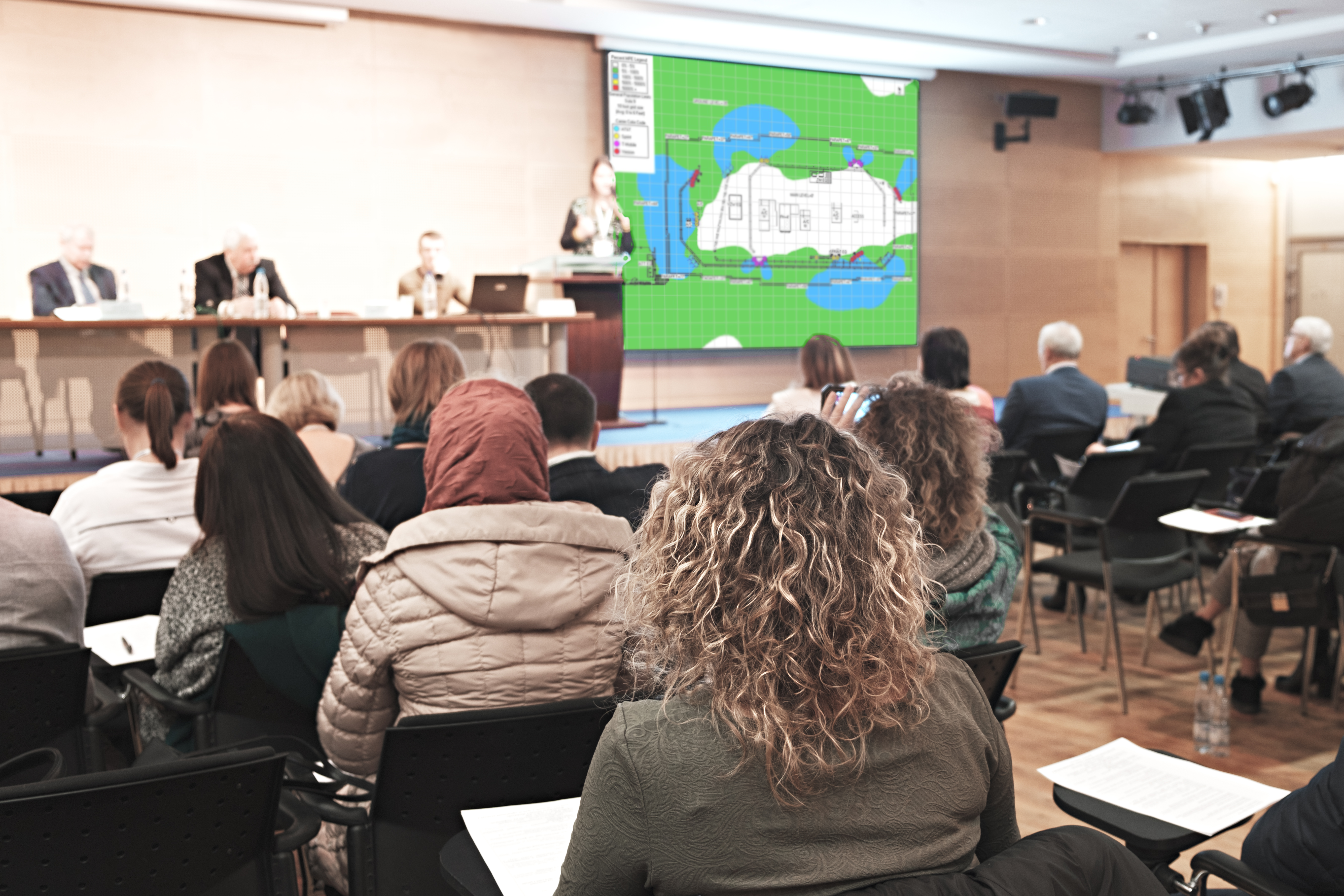
Expert testimony of an Electromagnetic Emissions study at a public meeting
Greater Transparency
Distrust in all levels of government is unfortunately common, especially when human health and safety is involved and meeting Federal safety guidelines will certainly not satisfy all concerns. Steps schools and communities might take to create more trust include annual or bi-annual on-site EME testing of sites to ensure compliance with FCC guidelines. The City of White Plains, NY requires all applicants desiring to install wireless facilities contribute to a fund to support the testing of facilities. The city combines this with a rigorous ordinance and technical requirements that must be satisfied and reviewed by a professional engineer before an application is approved. The city makes this information available to the public, which provides greater credibility and transparency to the review process.
Some governing bodies require predictive EME modeling after every change to the site, including adding or eliminating frequency bands, antennas or radios. They make these updated studies available to for public review. Others have implemented technologies to continuously monitor and report changes in the RF environment where antennas are present and allow the public to access a web portal to review current conditions (www.rfis.com). These systems can also send alerts via text and email should RF emissions exceed a pre-set threshold like the FCC General Population limits for human exposure.

Real-time radio frequency emissions levels displayed on a web-accessed dashboard
Summary
In the case of Wyandotte Washington Elementary, 90% or more of the concerned parents likely use a 5G mobile device and enjoy the convenience and security it provides. In fact, many have likely provided their children with 5G devices. The simple fact that they embrace the technology points to the need for clearer understanding of how wireless networks operate and the safety factors built into their implementation.
Radio frequency emissions aren’t something that can be seen, heard, smelled, or touched. These unique traits make it easy to understand why an “ominous aura” of sorts is often associated with them. When compounded with an overall lack of proactive communication and data transparency, the urge to sharpen those pitchforks and ignite those torches to protect against this perceived threat is unsurprisingly amplified.
Perhaps, with a more proactive and educational approach, the fearful villagers’ feelings towards Frankenstein-like 5G will be more akin to Frankenstein in the 2012 animated film Hotel Transylvania - widely embraced, with pitchforks and torches aptly replaced with cellular devices for selfies.
